Sonus Paradisi
Dom Bédos, 2007 [Hauptwerk]
Dom Bédos, 2007 [Hauptwerk]
No se pudo cargar la disponibilidad de retiro
Presented to you by Leonart Studio, your authorised reseller for Sonus Paradisi in Switzerland (shipped internationally). Get your digitally sampled historical organs for the use with the Hauptwerk virtual instrument software.
Share this Sample Set
![Dom Bédos, 2007 [Hauptwerk]](http://artful.shop/cdn/shop/files/ss_dombedos1.jpg?v=1692892417&width=1445)
![Dom Bédos, 2007 [Hauptwerk]](http://artful.shop/cdn/shop/files/ss_dombedos2.jpg?v=1692892416&width=1445)
![Dom Bédos, 2007 [Hauptwerk]](http://artful.shop/cdn/shop/files/ss_dombedos3.jpg?v=1692892473&width=1445)
![Dom Bédos, 2007 [Hauptwerk]](http://artful.shop/cdn/shop/files/ss_dombedos11_19279fd9-7a99-4f1d-8ccf-3e5af8ea5568.jpg?v=1692892416&width=1445)
Specification (stop list)
-
Manual I
POSITIF DE DOS (53 keys)
Montre 8
Bourdon 8
Prestant
Doublette
Fourniture IV
Cymbale III
Flûte à Cheminèe 4
Nazard
Quarte de Nazard
Tierce
Larigot
Cromorne 8
Trompette 8
Clairon
Cornet 5 Rangs -
Manual II
GRAND ORGUE (53 keys)
Montre 32
Montre 16
Montre 8
Bourdon 16
Bourdon 8
Flûte 8
Prestant 4
Doublette 2
Gros Nazard 5 1/3
Grosse Fourniture III
Fourniture V
Cymbale VI
Grosse Tierce
Nazard
Tierce
Trompette 8
Clairon
Voix Humaine 8
Grand Cornet 5 rangs -
Manual III
RÉSONANCE (53 keys)
Bombarde 16
Trompette de bataille en chamade
Clairon
Grand Cornet V (not built yet, the stop is muted in the sample set) -
Manual IV
RÉCIT - IVme clavier (35 keys)
Flûte 8
Cornet V
Hautbois 8
Trompette 8
ÉCHO - Vme clavier, (42 keys)
Bourdon 8
Prestant
Doublette
Fourniture3 rangs
Nazard
Tierce
Musette -
Pedal
PÉDALE (30 keys)
Flûte 16
Flûte 8
Flûte 4
Bombarde 16
Ire Trompette 8
IIre Trompette 8
Clairon
Gros Cromorne 8 -
Other specification
Additional stops
Tirasse Rés
Tirasse G.O.
G.O.-Pos
G.O.-Rés
Tremblant
Rossignol
History
Dom Bédos Organ Model
The church of St. Domenico in Rieti near Rome (Italy) was not only raised from ruins recently, but it was furnished with an exceptional instrument. The pontifical organ dedicated to the pope Benedikt XVI is significant in several ways. First, there are not many instruments which were dedicated to the pope and built under the vivid attention of the papal authority. The secretary of the Vatican state, cardinal Tarcisio Bertone was himself the honorary president of the committee for the construction of the instrument. Second, it is one of the finest instruments of Bartolomeo Formentelli, who built the organ in 2007.
«Wow! The first thing that strikes me is the absolutely perfect recording position. The balance of direct sound and room is terrific - perhaps the very best yet. All the stops are in such great shape. This organ is "fast". It must be what St. Maximin was like when it was two years old with a fresh key action and new pipework.»
Erik Simmons, organist
The name of the organ builder is itself a mark of quality. However, there are also other reasons why this instrument is remarkable. It may be surprising that the instrument is entirely modern. Why is it then called by the name of the famous French organbuilder of 18th century? The organ is in no way a replica of any Dom Bédos instrument. Rather, the principal idea which guided the construction of the instrument was to create the organ following closely and meticulously the instructions recorded in the famous book L´Art du Facteur d´Orgues by the Dom Francois Bédos de Celles (published in 1766-1770). The benedictine monk gave very precise and detailed instructions on all the procedures concerning the construction of the organ. Following his guidelines exactly should therefore result in an instrument which - although modern - should have all the qualities of the Dom Bédos work, almost as if he would build it himself. This organ allows us to physically "touch" and experience the Dom Bédos organbuilding ideas.
The organ case was projected after the treatise of Monsieur Andreas Roubo le Fils L´Art du Menuisier Carrosier (published in 1768). The design of the organ case follows the Roubo's project of "Buffet du Grand Orgue" and indeed, the organ is based on the 32' Montre! There are only two other instruments in Europe of this kind, the Dom Bédos organ in St. Croix at Bordeaux, and the Moucherel organ in Albi.
The result is trully magnificent and surprising. The most striking feature is the voicing of the flue pipes: the timbre is dominated by an extraordinary expressive chiff and also the steady portion of the tone is pushed on the edge of the pipe speech stability with rather strong presence of the hiss of air passing through the pipe mouth - all this contributing to the unusually light and harmonically rich tone color. One is forced to ask whether these tonal qualities are really mirorring the fashion of the time of Dom Bédos (which is after all probable - it was time of intense expresivity in organ sound, stylistically very different from -for example - the typical sound of a French organ at the beginning of 18th century) or whether the nature of Bartolomeo Formentelli took over here. Most probably both the aspects contribute to the result. The organ of St. Domenico in Rieti is therefore a modern meditation on the Dom Bédos heritage. This makes it a unique instrument.
The organ is designed as five manuals plus the pedal. The lowest manual is the rear Positif, the smaller brother and the solo manual for the Grand Orgue, which is based on the 32' Montre and occupies the second manual. The third manual is designed to complement the Grand Orgue with the powerful reeds - the Résonance. The Trompette de Bataille and the upper part of the Clairon is horizontal "en chamade". The fourth manual is the Récit and the upmost manual is the Écho.
Frédéric Deschamps sumarized his experience with the instrument:
L'instrument de Rieti est exceptionnel ! Il a été construit a notre époque mais en reprenant uniquement des techniques anciennes (issues du traité de facture d'orgues de Dom Bedos de Celles). Grâce au travail et a l'immense connaissance de Barthélemy Formentelli et de son équipe ; on a la chance de pouvoir aujourd'hui disposer d'un instrument neuf avec des sonorités véritablement anciennes ; ce qui est une réussite totale. Le grand-plein jeu de 32 pieds est saisissant et rappelle tres fortement celui de l'orgue de l'abbatiale Sainte Croix de Bordeaux (en France) construit par Dom Bedos lui-meme vers 1750. Avec cet orgue, marqué par l'esprit de Dom Bedos, on peut jouer toute la musique française des 17eme et 18eme siecles. La composition permet d'effectuer tous les mélanges pour cette musique. C'est un orgue fabuleux qu'il faut avoir dans sa collection mais aussi se déplacer pour aller l'entendre et le jouer !
(The instrument of Rieti is exceptional! It was built in our time but using exclusively the old techniques from the Treatise of organ building of Dom Bedos de Celles. Through the work and the immense knowledge of Barthélemy Formentelli and his team we are fortunate to have a new instrument which sounds really old, which is a total success. The great "Plein-Jeu" of 32' is striking and strongly recalls that of the organ of the church of Sainte Croix of Bordeaux (France) built by Dom Bedos himself in 1750. With this organ, marked by the spirit of Dom Bedos, you can play all the French music of 17th and 18th centuries. The specification comprises all the stops for this music.)
Web site of the original instrument: http://www.organosandomenicorieti.it/
Features
Sample Quality
The samples are offered in 24bit/48kHz quality; multiple releases (3 levels) and occasional multiple attack samples are used. Hauptwerk v4.0 and higher supported.The reverberation time is about 3 seconds. The sample set is presented in the surround version. The surround version can be used for emulating the wet sample set as well (by muting the rear ranks).
The Compass, the Tuning and the Temperament
On the request of the papal authority, the organ is presented without extensions of tonal compass, even the low C# remained muted in all divisions, with the exception of the pedal reeds, where the low A (La) sounds when the key C# is pressed. This itself is a feature of the original instrument. The pitch of the organ is 415 Hz, the temperament is meantone after Formentelli and Jourdan.

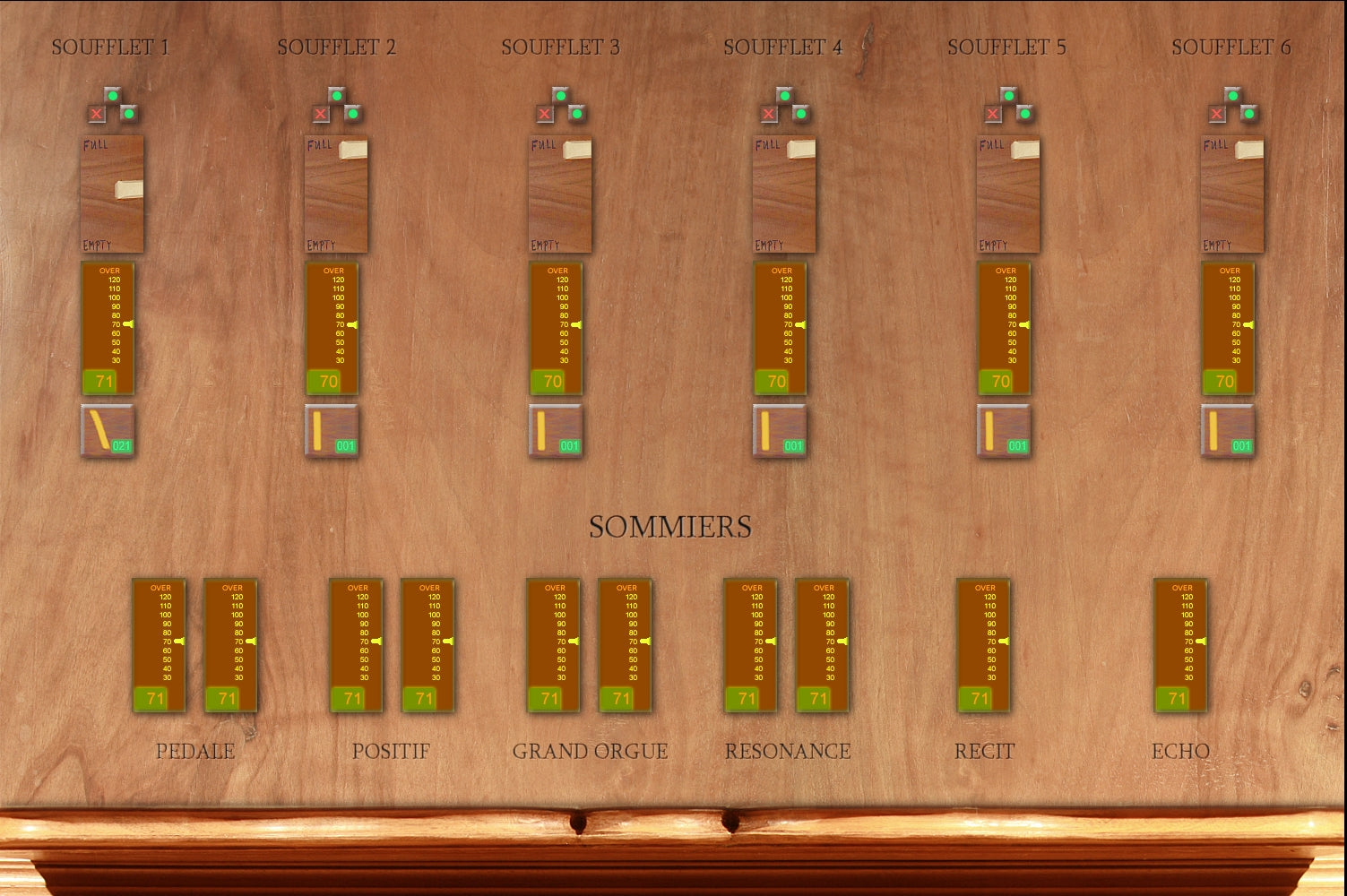
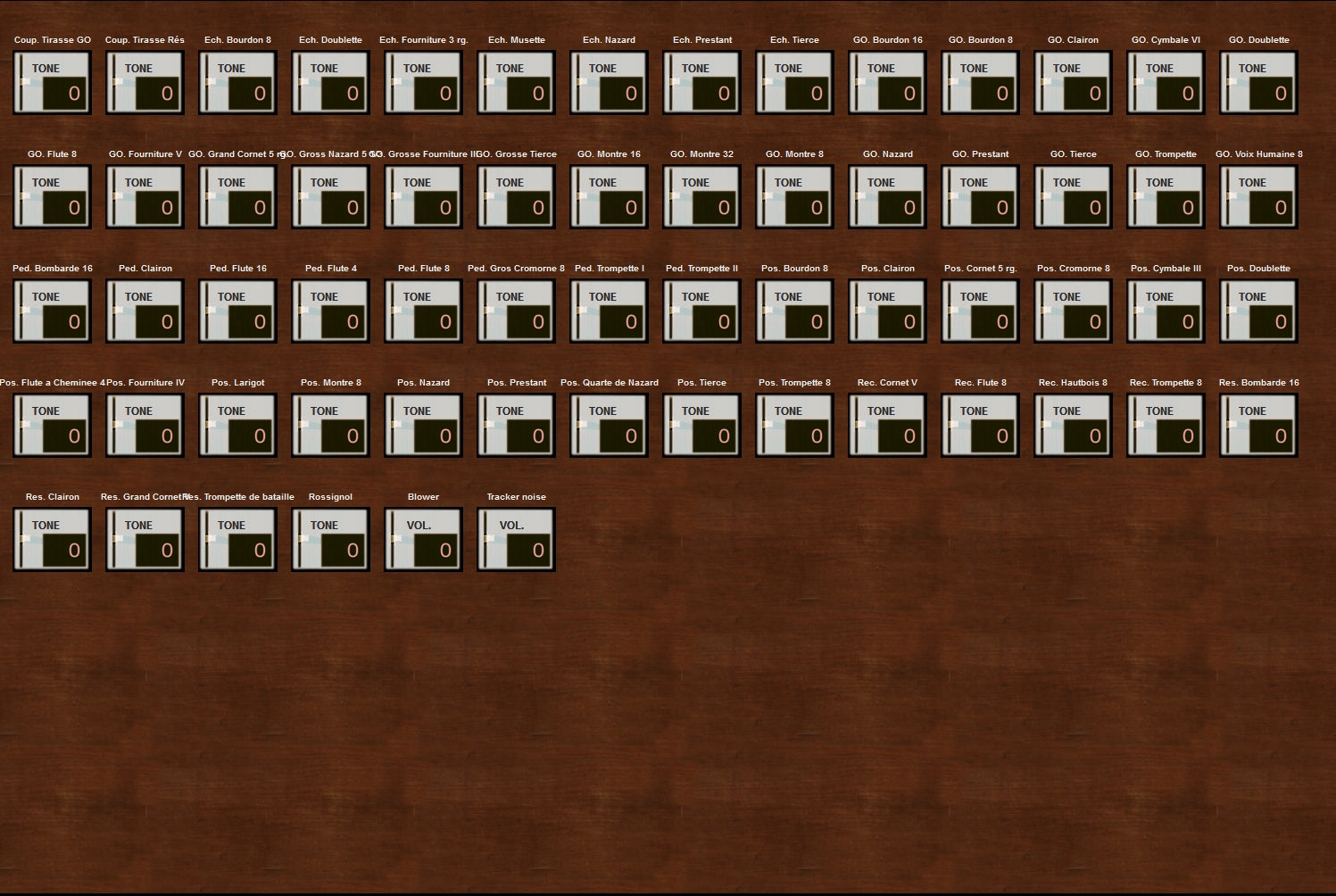

Requirements
RAM consumption
The full sample set loaded in surround, in 24-bit quality: 22.0 GB
The full sample set loaded in 16-bit quality: 11.7 GB
The wet only option in 16-bit: 7.2 GB
Hauptwerk v4.0 and higher supported
This Hauptwerk Sample Set is presented to you by Leonart Studio, an authorised reseller for the manufacturer Sonus Paradisi in Switzerland (shipping internationally). Enjoy this digitally sampled organ library for the use with Hauptwerk software and start expanding your historical organ collection today.
More Hauptwerk Sample Sets
-
Casavant, 1995 [Hauptwerk]
Proveedor:Sonus ParadisiPrecio habitual CHF 174.90Precio habitualPrecio unitario / por -
Reuter, 1928 [Hauptwerk]
Proveedor:Sonus ParadisiPrecio habitual CHF 473.00Precio habitualPrecio unitario / por -
Rotterdam Hoofdorgel, 1973 [Hauptwerk]
Proveedor:Sonus ParadisiPrecio habitual A partir de CHF 330.00Precio habitualPrecio unitario / porCHF 958.10Precio de oferta A partir de CHF 330.00Oferta -
Groningen, 1450-1740 [Hauptwerk]
Proveedor:Sonus ParadisiPrecio habitual A partir de CHF 658.90Precio habitualPrecio unitario / porCHF 1,681.90Precio de oferta A partir de CHF 658.90Oferta -
Goerlitz, 2006 [Hauptwerk]
Proveedor:Sonus ParadisiPrecio habitual A partir de CHF 328.90Precio habitualPrecio unitario / por -
Bückeburg, 1997 [Hauptwerk]
Proveedor:Sonus ParadisiPrecio habitual A partir de CHF 1.10Precio habitualPrecio unitario / por -
Brasov, 1839 [Hauptwerk]
Proveedor:Sonus ParadisiPrecio habitual CHF 418.00Precio habitualPrecio unitario / por -
St. Omer, 1717-1855 [Hauptwerk]
Proveedor:Sonus ParadisiPrecio habitual CHF 323.40Precio habitualPrecio unitario / porCHF 410.96Precio de oferta CHF 323.40Oferta -
Stellwagen organ, St. Marien, Stralsund (1659)
Proveedor:Sonus ParadisiPrecio habitual CHF 858.00Precio habitualPrecio unitario / por -
![Clavichord Model [Hauptwerk]](//artful.shop/cdn/shop/files/ss_clavichord.jpg?v=1724310155&width=533) Agotado
AgotadoClavichord Model [Hauptwerk]
Proveedor:Sonus ParadisiPrecio habitual CHF 33.00Precio habitualPrecio unitario / por

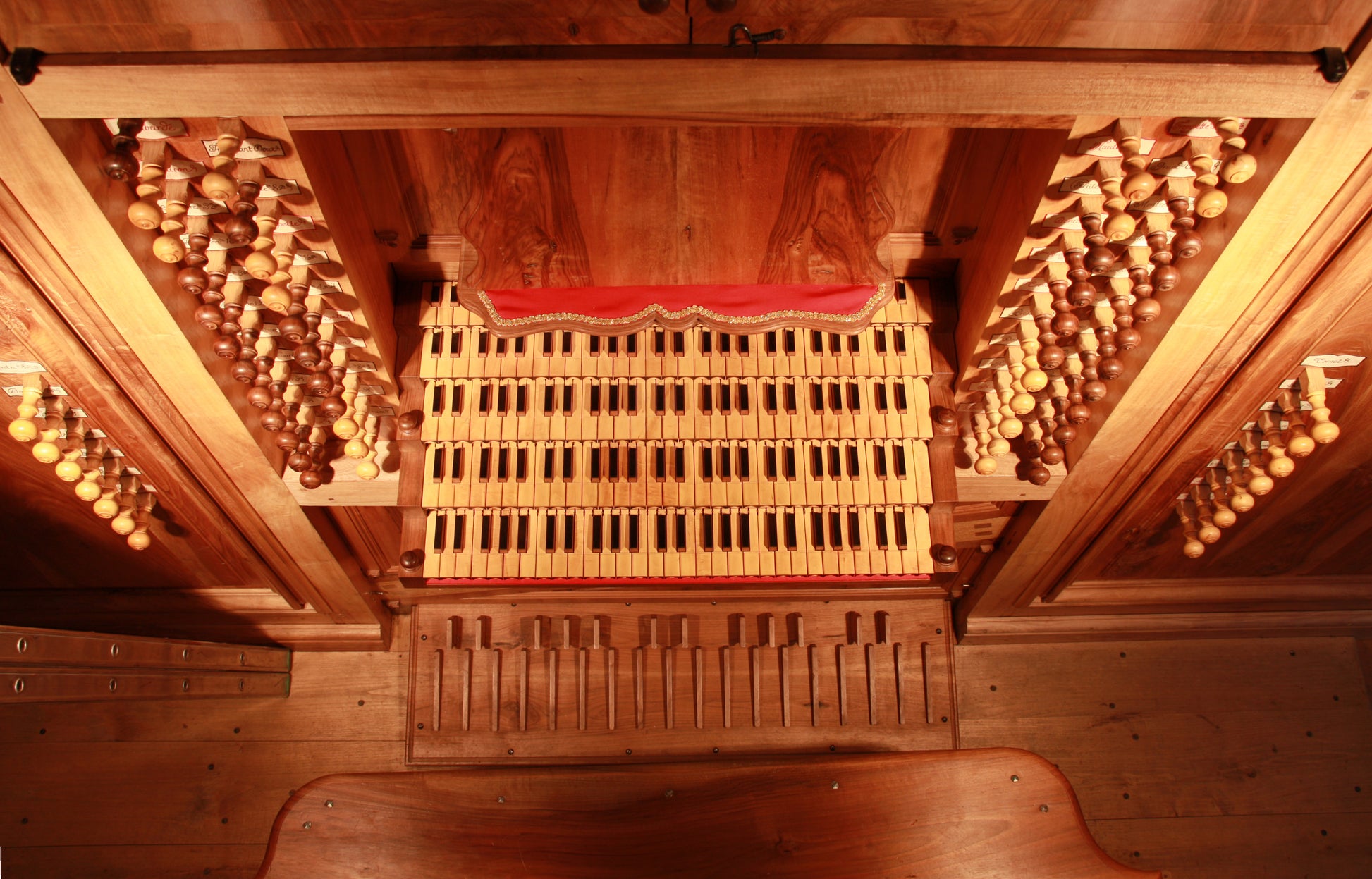
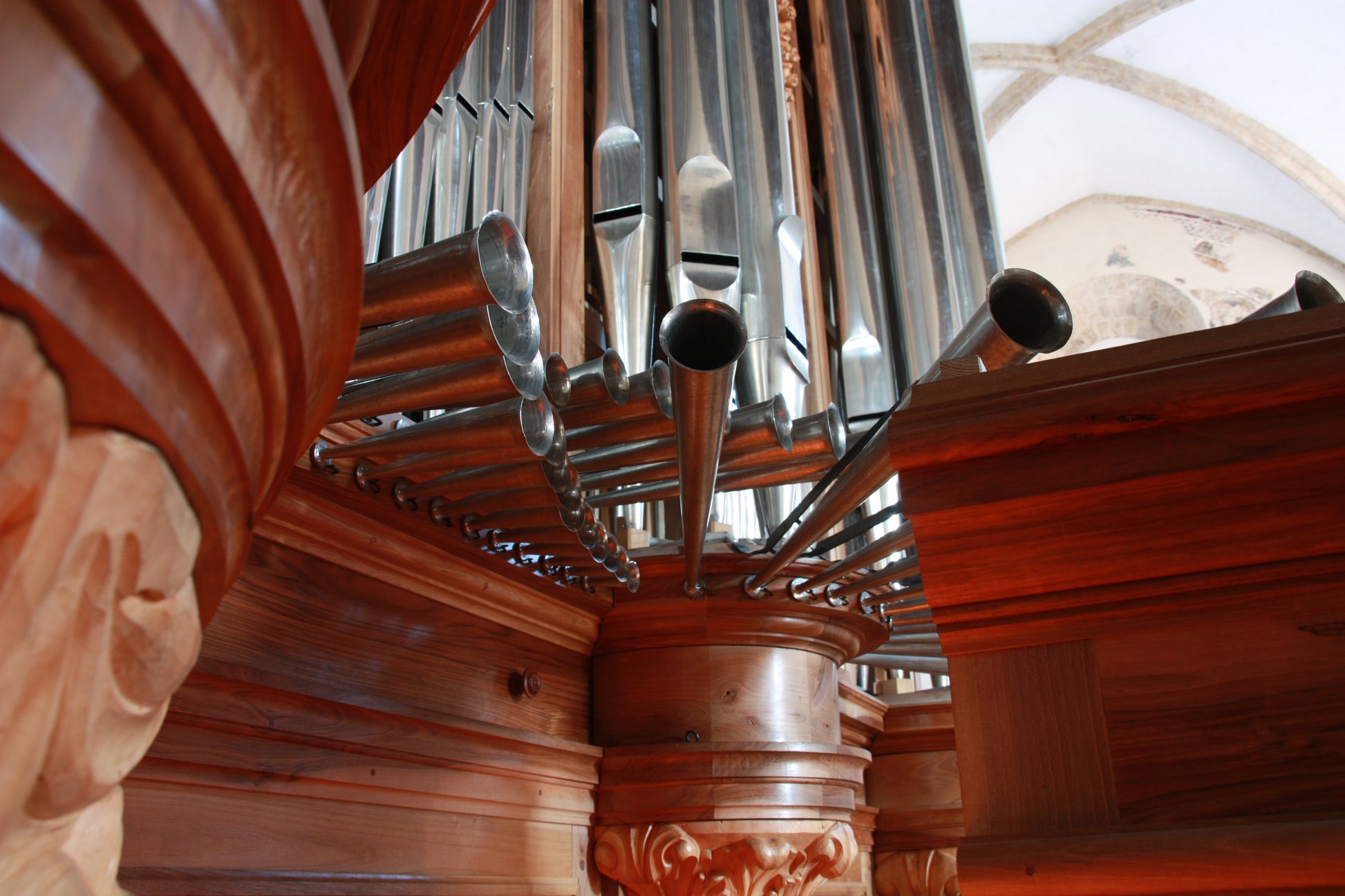

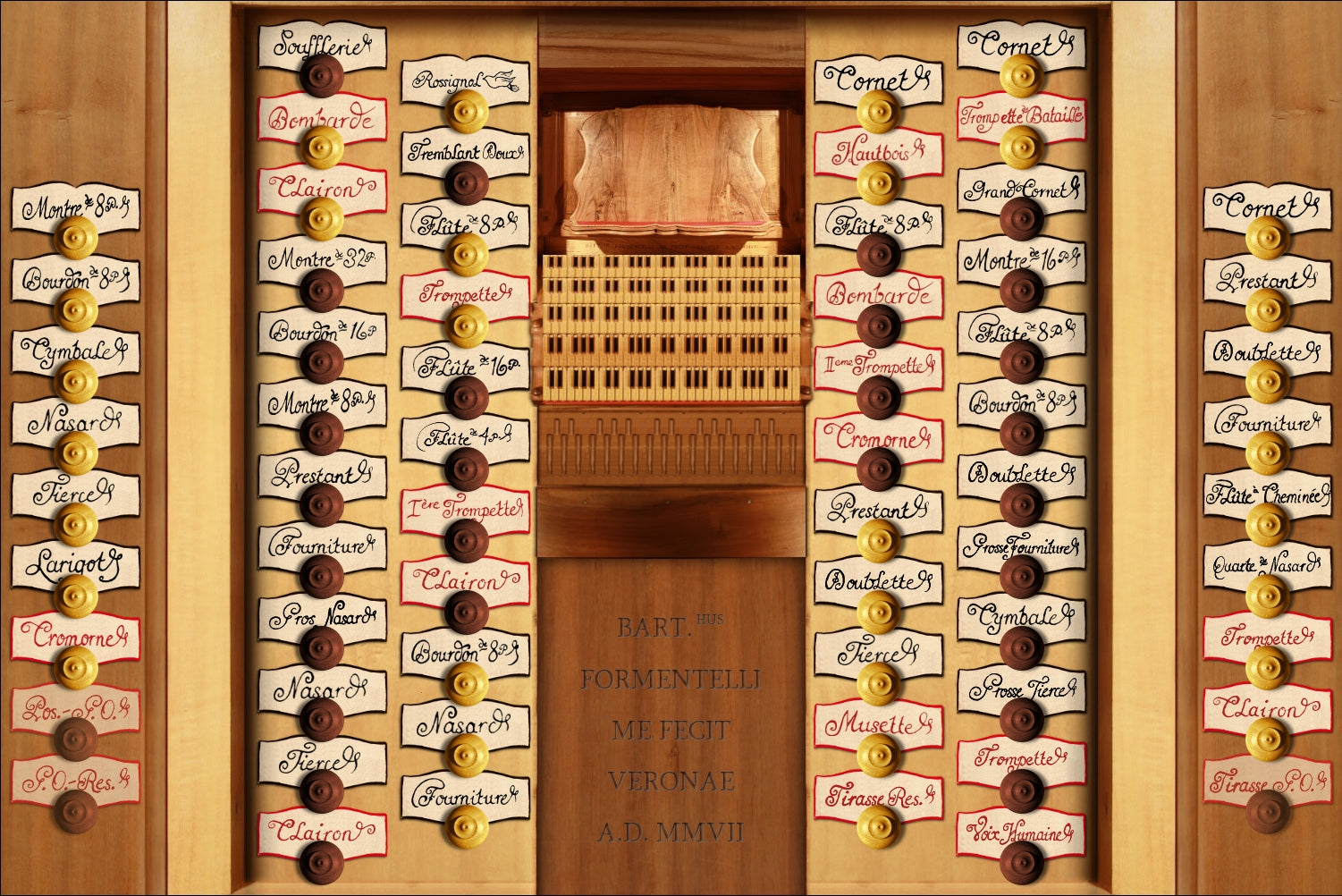
![Casavant, 1995 [Hauptwerk]](http://artful.shop/cdn/shop/files/ss_casavant1.jpg?v=1693319885&width=533)
![Reuter, 1928 [Hauptwerk]](http://artful.shop/cdn/shop/files/ss_Reuter1.jpg?v=1693321024&width=533)
![Rotterdam Hoofdorgel, 1973 [Hauptwerk]](http://artful.shop/cdn/shop/files/ss_RotterdamMain1.jpg?v=1693279529&width=533)
![Groningen, 1450-1740 [Hauptwerk]](http://artful.shop/cdn/shop/files/ss_Groningen1.jpg?v=1693275425&width=533)
![Goerlitz, 2006 [Hauptwerk]](http://artful.shop/cdn/shop/files/ss_goerlitz1.jpg?v=1692995837&width=533)
![Bückeburg, 1997 [Hauptwerk]](http://artful.shop/cdn/shop/files/ss_bueckeburg1.jpg?v=1692967628&width=533)
![Brasov, 1839 [Hauptwerk]](http://artful.shop/cdn/shop/files/ss_brasov1.jpg?v=1692967057&width=533)
![St. Omer, 1717-1855 [Hauptwerk]](http://artful.shop/cdn/shop/files/ss_omer1.jpg?v=1692904128&width=533)
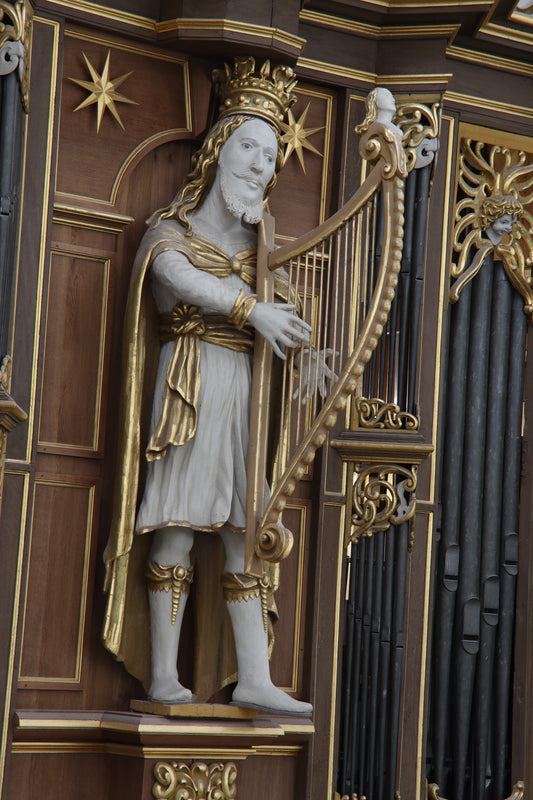
![Clavichord Model [Hauptwerk]](http://artful.shop/cdn/shop/files/ss_clavichord.jpg?v=1724310155&width=533)